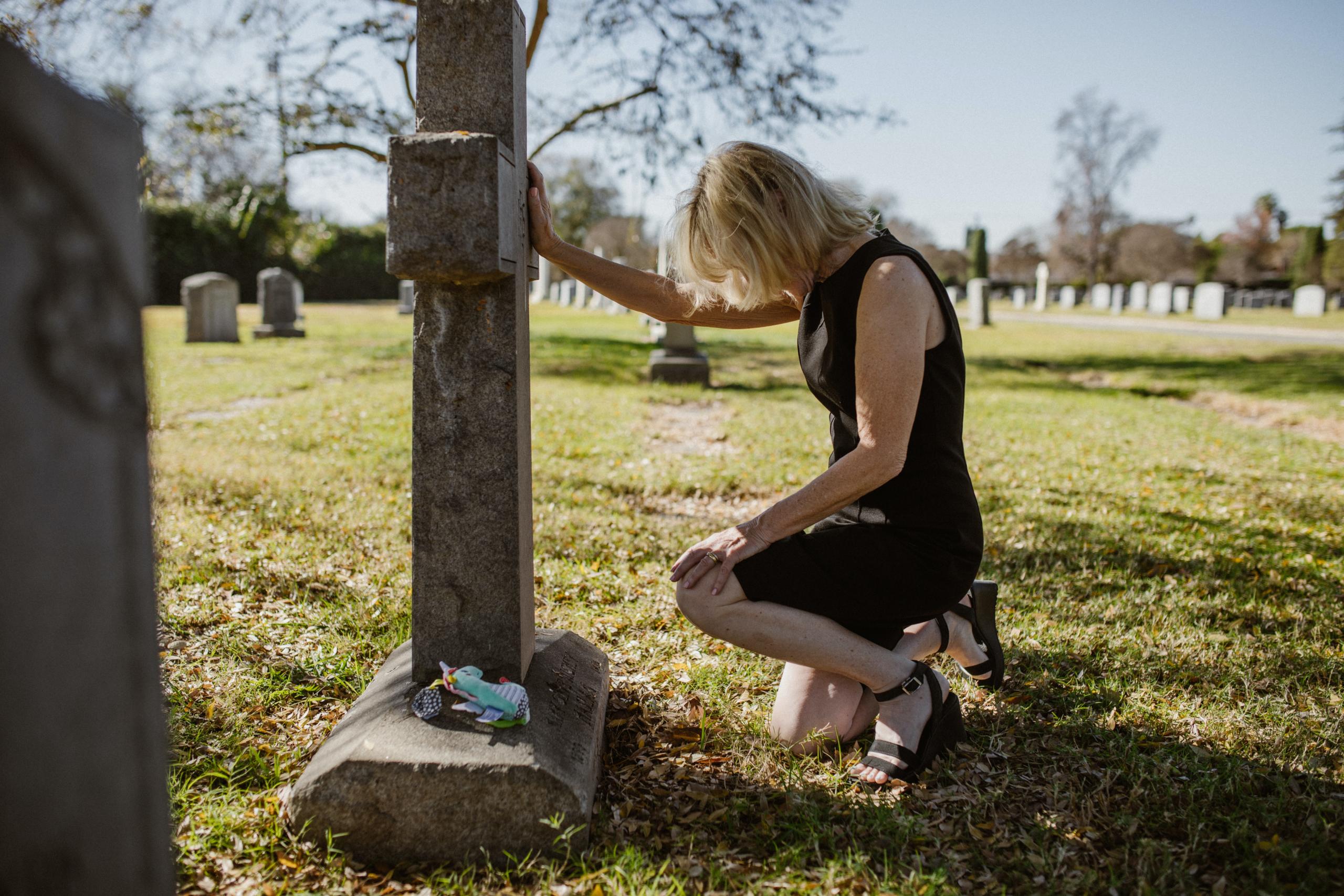In wrongful death cases—as with many areas of law—you will see statutes of limitations. Statutes of limitations are laws that limit the time available to bring a claim in court after the event that led to the death. The law understands that the more time that passes after an event that caused injury, the more difficult it is to clearly understand what happened and do justice appropriately. In most cases, unless an exception extends the amount of time to bring your claim, you will be legally barred from bringing the claim once the statute of limitation period elapses.
Experienced Wrongful Death Attorneys in Minnesota
If you are considering a wrongful death suit, you already understand how heartbreaking and complicated these suits can be. It is essential to have an experienced attorney on your side to ensure the best result for you when bringing these claims. The wrongful death lawyers at 612-INJURED understand the wrongful death process and are ready to represent you. To schedule your free initial case consultation, call or text us at (612) 465-8733.
What Is a Statute of Limitations?
A statute of limitations is a law that bars claims from being brought in court after a specified amount of time. This time usually begins when the injury or underlying action occurs and ends after a specific duration of time as defined by the law. The amount of time on a statute of limitations can vary depending on the jurisdiction where the injury took place and the type of injury.
How Does a Statute of Limitations Affect My Wrongful Death Claim?
Depending on when the wrongful death or injury took place, the amount of time to bring your case to court will be determined by Minnesota statute. If you bring your claim within that time, you may still have your case considered. However, if you attempt to bring a claim outside that timeframe after the statute of limitations has expired, you will not be allowed to bring the case to court.
What Is the Statute of Limitations for Wrongful Death Cases in Minnesota?
In Minnesota, the deadline for bringing most wrongful death claims to court is three years after the deceased’s death but no later than six years after the event or injury that led to the death. This means that depending on the circumstances of your case, you may have up to six years to bring your wrongful death case. The duration of three to six years provides some leeway to bring a wrongful death claim.
Not all cases are the same, so not all deaths occur immediately or soon after the event that led to the deceased’s wrongful death. If you do not bring your wrongful death case before the time limits expire, the court generally will refuse to hear your case.
As with most areas of law, there are some exceptions to the wrongful death statute of limitations. If the wrongful death resulted from medical malpractice, the lawsuit must be filed within three years of the death but not later than four years after the provider’s error. Additionally, if the death is ruled to be murder in a criminal trial, the statute of limitations will not apply, allowing the claim to be brought at any time after the decedent’s death.
Hiring a Minnesota Wrongful Death Attorney
Often, the circumstances around a wrongful death case make it very challenging for surviving loved ones to know what to do next. If you are considering bringing a wrongful death case in Minnesota, it is vital that you have an experienced wrongful death lawyer representing you. The wrongful death attorneys at 612-INJURED are ready to fight on your behalf. To schedule your free initial case consultation, call or text us at (612) 465-8733.








